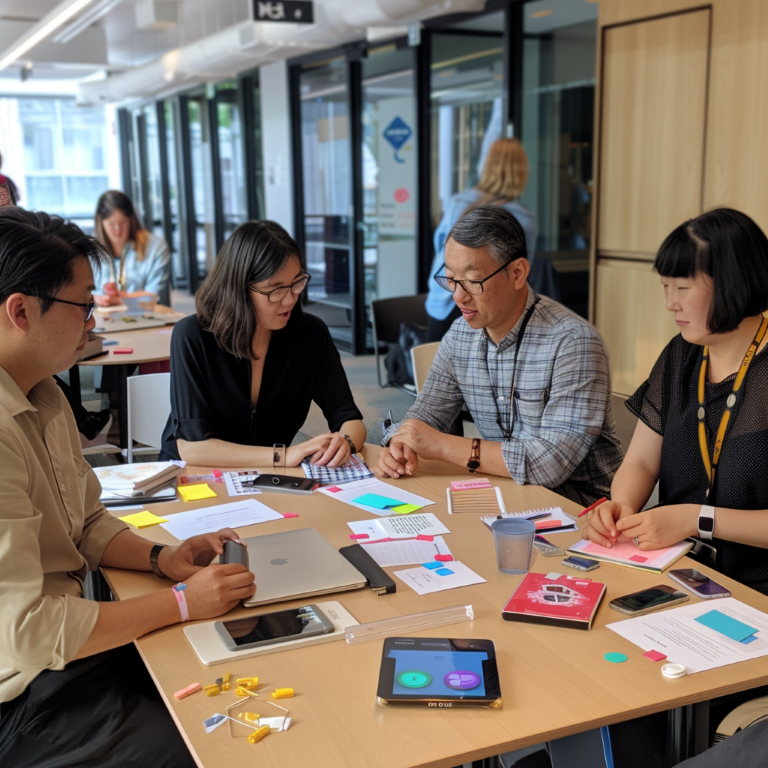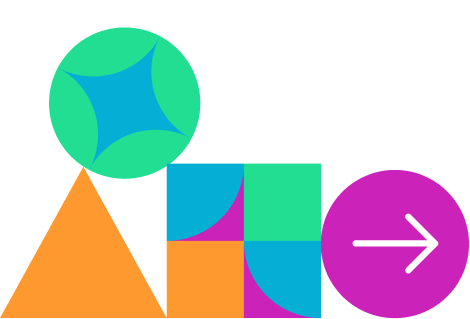An engaged workforce is not only more productive and likely to stay but also plays a pivotal role in fostering a positive organizational culture and impacting the bottom line.
At Social Scavenger, we're pioneering employee engagement through innovative, game-based strategies that elevate job satisfaction and retention rates.












